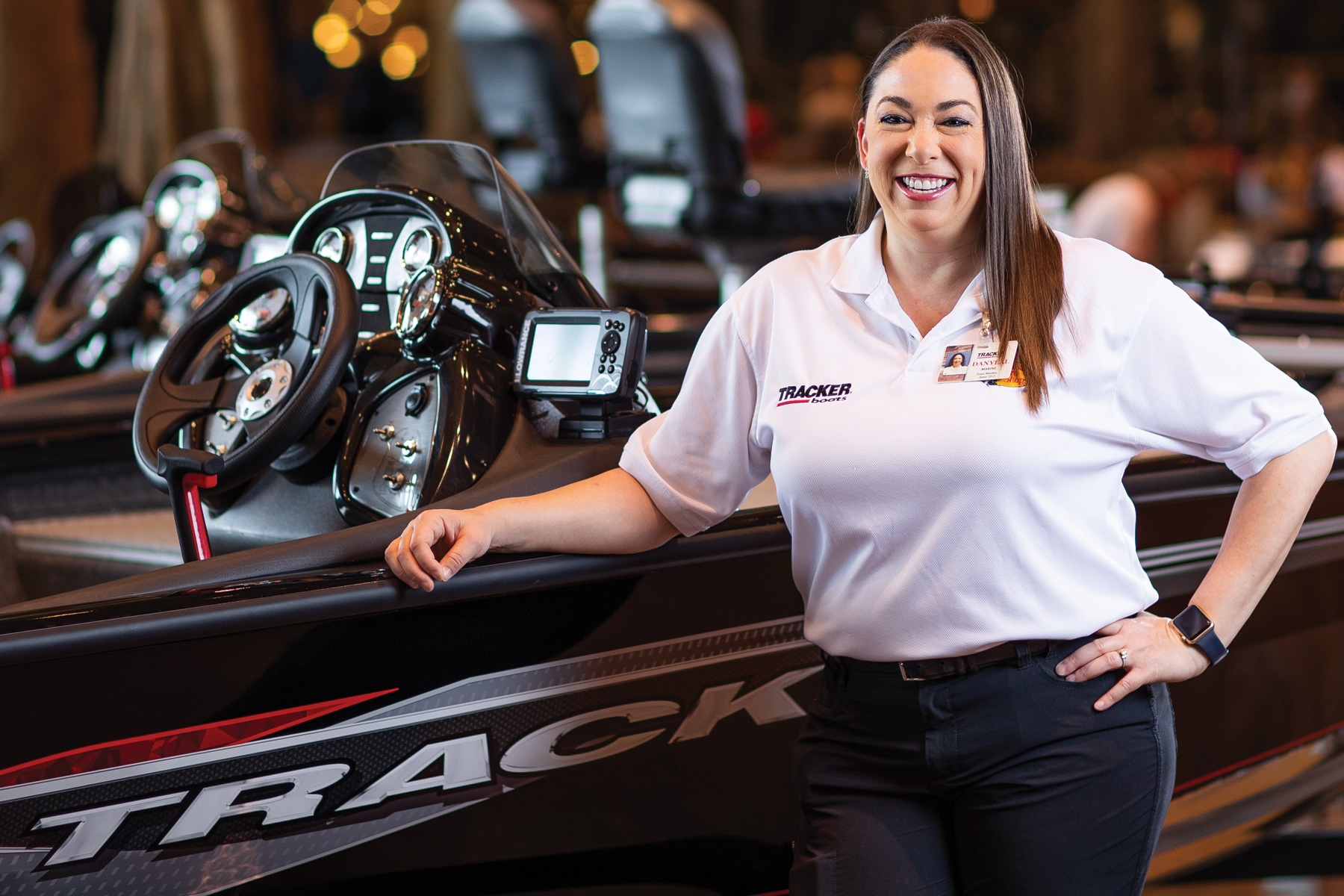Winterizing the boat is an all-too-familiar autumn ritual for northern boaters. What about boaters living in warmer climates? Is it worth spending the time and money on a boat that won’t be used until next spring?
You bet it is and here are reasons why. The full winterization schedule might be unnecessary, but fall maintenance is a must to prevent damage to the boat and engine. All it takes is an unexpected hard freeze or short cold snap to damage mechanical parts, electrical systems and even the hull and trailer.
Sterndrives, which are powered by automotive engines, require more preventive maintenance than outboard-powered boats. Those include bass boats, pontoons and many models of runabouts.
If your boat falls into that category, you are faced with two choices—you doing the work or taking the boat in for fall service at the dealership. Bundled packages are commonly available at many dealerships, and factory-trained technicians perform the work, giving you peace of mind that all the bases are covered.
You will find those services and more at a Bass Pro Shops/Cabela's Boating Center staffed by POWER PROS™ technicians. If you choose to do the work you can also find the needed products—and expert advice—at the nearest Bass Pro Shops/Cabela's Boating Center.
If you are a DIY enthusiast, get started now with this checklist. When the first warm spell rolls around next spring you’ll be ready to launch the boat, instead of ending the joy ride too soon with costly repairs at the dealership.
Why you should do it: Today’s fuel efficient, performance designed four stroke outboards require extra care with the oil and filter. The combustion process creates contaminants that are removed by the oil filter. Changing the filter and oil now helps ensure the motor is protected from harsh winter conditions.
What happens if you don’t: Moisture buildup can cause excessive wear, which can lead to loss of power, poor fuel economy and possible engine failure.
DIY tip: Use an oil and filter change kit recommended by the manufacturer. Everything you need for the job is inside the box: oil, the oil filter, drain seal plug and complete instructions.
Why you should do it: A must for the new and growing in popularity four-strokes. Fogging solutions or sealants coat the inside of the engine to protect the many steel parts, such as valves, rings and cylinder sleeves.
What happens if you don’t: Corrosion can form inside the engine, covering those steel parts with abrasive crud or rust. Lower compression, poor idle, increased oil consumption all build up to keep a mechanic busy.
DIY tip: Traditionally, you might have used fogging oil sprayed through the intake manifold while the motor is running. Modern four-strokes have longer runner intakes, making the fogging oil more challenging to thoroughly get the job done. If recommended by the manufacturers then choose a fogging oil or storage seal. Those are blends of corrosion-inhibiting additives that coat engine components to prevent rust.
Why you should do it: With 10% ethanol fuel common throughout the U.S., taking extra care of your fuel system is important. Filters should be replaced every fifty hours of engine operation. That’s a boating season for most boaters.
What happens if you don’t: Come springtime the carburetors or fuel injectors may build up particles of aluminum oxide that looks like white sludge. Yet another reason to keep a mechanic busy and your boat in the shop.
DIY tip: Do not simply remove and dump the fuel and re-install the filter. Captured debris and water could enter the “clean” side of the filter, and be released into your fuel system.
Why you should do it: Before ethanol fuels all it took for this task was adding a fuel stabilizer, no matter if the tank was full or nearly empty. Now manufacturers recommend either emptying the tank or completely topping it off. The reason why is ethanol absorbs water and it forms condensation inside the tank due to temperature changes.
What happens if you don’t: When prepping a boat for winter storage, boat owners must now do all they can to avoid phase separation — a phenomenon in which ethanol combines with water and separates from gasoline, descending in a soupy goop to the bottom of the tank. While this can occur at any time, it is more likely to happen when gas is stored for long periods.
DIY tip: If your outboard is a four-stroke, after you treat the fuel you should change the oil and oil filter before you run the engine. The goal is to have the whole engine clean and ready to go in the spring. Next, run the treated fuel through the fuel system for 10-15 minutes to ensure it penetrates every component.
Why you should do it: Gelcoat is the outermost layer on a fiberglass hull, designed to protect the underlying fiberglass layers. Protection aside, gelcoat is what gives the boat its glassy shine and good looks. Giving the boat a thorough bath before putting it to bed for the winter helps prevent problems as the boat ages.
What happens if you don’t: Exposure to sun and water—the two environmental givens in boating—causes the gelcoat to lose its oils and dry out.
DIY tip: Avoid causing more harm than good when cleaning the thin layer of gelcoat. Choose cleaners with chelating agents that clean on a molecular level and bring out dirt as you rinse.
Why you should do it: With the gelcoat all shiny and looking like new it’s a good idea to apply a protective wax coating. It will replenish oils, restore the glossy appearance, and bring back the original luster.
What happens if you don’t: Over time the plasticizers responsible for the shine leach out, leaving a dull appearance. And all that sweat equity you put in washing the hull was time wasted.
DIY tip: Use carnauba, which is the hardest natural wax. Don’t go all the way with 100 percent carnauba, because it would be too tough to apply. A balance of carnauba with silicone and other solvents will create protection and restore the showroom-new shine.
Why you should do it: To keep mold and mildew from ruining upholstery and carpet.
What happens if you don’t: Winter air can shift between humid and dry and both conditions can bring grief to upholstery. Another unwelcome invader is mold and mildew, which can form over the winter when surfaces remain moist.
DIY tip: Vent the boat cover for good airflow to minimize the retention of moisture. Use mildew sprays and chemical dehumidifiers to keep mold and mildew out. And last but certainly not least, remove those expensive and valuable electronics and store inside. Then, spray all exposed electrical connections with a moisture-displacing lubricant.
Why you should do it: If you own a bay boat with a head this can be a neglected but important task.
What happens if you don’t: Residual water in the plumbing can freeze during a cold snap and then burst pipes when the weather moderates. That leads to costly damage to the toilet and even elsewhere in the boat.
DIY tip: Be selective with antifreeze. Common automotive antifreeze should not be used in boats. Instead, use non-toxic propylene glycol.


